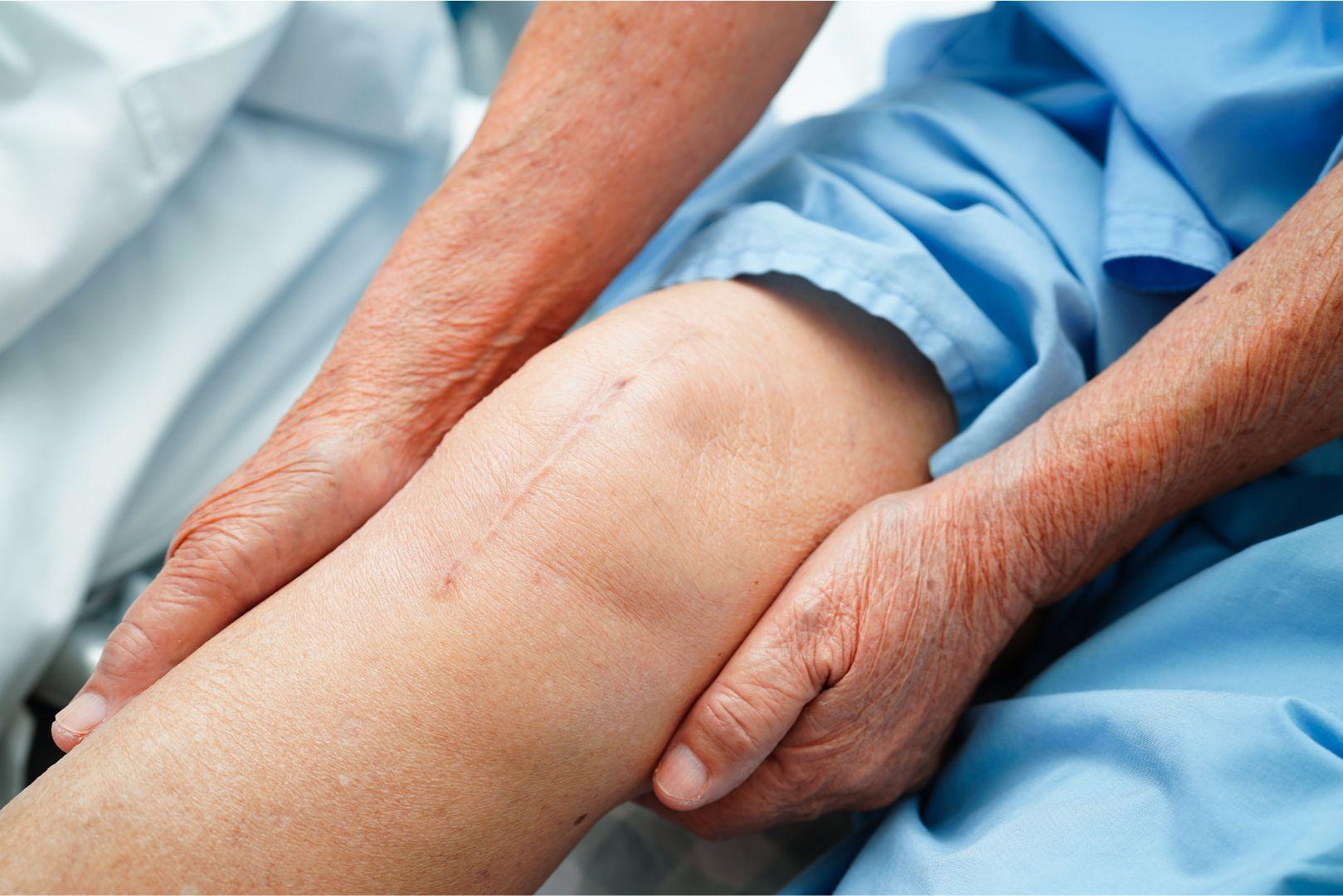Knee replacement is one of the most reliable procedures for restoring mobility, reducing chronic knee pain, and improving overall quality of life. Every year, thousands of patients choose this surgery to get back on their feet—walking, travelling, and enjoying an active lifestyle again. However, one of the most common concerns patients have is: “How much pain after knee replacement is normal?”
As Dr. Lalit Modi, Orthopedic and Joint Replacement Specialist at Jaipur Joints, I help patients understand the realistic recovery timeline and guide them through each stage of their healing journey. Whether you’re preparing for Knee Replacement Surgery in Jaipur or recovering from one, knowing what to expect can make the process smoother and more comfortable.
Understanding Post-Surgery Pain: What’s Normal?
Pain after knee replacement is not only common—it’s expected. The surgery involves replacing the damaged joint surfaces with artificial components, and your tissues take time to heal. Most patients experience the highest discomfort during the first few days, which gradually decreases in the following weeks.
Normal post-operative pain usually feels like:
-
Surgical soreness
-
Swelling and tightness around the knee
-
Mild bruising
-
Discomfort during physiotherapy or bending
This pain typically improves week by week as your knee regains flexibility and strength.
First Week: The Most Intense Phase
During the first week, pain is usually at its peak. You may experience sharp or throbbing sensations, especially when moving or standing. Pain medicines and ice therapy help keep discomfort under control.
Your physiotherapy begins early—often within 24 hours—to prevent stiffness and blood clots. This stage requires patience and commitment, as early mobility is the key to faster recovery.
Weeks 2–4: Noticeable Improvement
By the second week, most patients report better control over pain. Movements feel easier, and the knee gradually becomes more stable.
During this time, walking with support, doing gentle exercises, and following therapist guidance help strengthen your muscles. Swelling may still be present, but pain becomes more manageable.
In this phase, many patients start resuming light daily activities like standing for longer periods, short walks, or climbing a few steps with support.
With proper rehab and guidance from the Best Knee Replacement Surgeon in Jaipur, recovery becomes smoother and more predictable.
Week 4–8: Pain Continues to Decrease
By the end of the first month, the majority of patients notice a significant reduction in pain. The soreness becomes mild and often appears only after extended walking or exercise.
You may be able to:
-
Walk without support
-
Bend the knee more confidently
-
Travel short distances
-
Return to desk work
Although pain is still present, it should no longer disrupt sleep or daily routine. Following your physiotherapy chart consistently during this phase makes a big difference in long-term results.
3 Months: Entering the Strong Phase
By the third month, most patients feel almost normal. The artificial knee becomes more stable, swelling reduces greatly, and pain becomes minimal.
Mild occasional discomfort may appear after long walks, climbing stairs, or intensive exercises, but such pain is part of the strengthening process.
At this stage, the focus shifts to rebuilding stamina, achieving better flexibility, and improving muscle control. Patients who follow exercises regularly often recover faster and report higher satisfaction.
When Pain Is Not Normal
While discomfort is normal, certain types of persistent or severe pain may indicate complications. Contact your doctor immediately if you experience:
-
Pain that worsens instead of improving
-
Persistent swelling after 3–4 months
-
Redness, fever, or warmth around the knee
-
Difficulty with weight-bearing despite therapy
-
Sudden sharp pain while walking
These may signal infection, implant issues, or stiffness that needs medical evaluation.
Tips to Reduce Pain After Knee Replacement
Pain management is a combination of medication, therapy, and lifestyle adjustments. Here are some proven ways to ease discomfort:
✔ Follow physiotherapy consistently
Regular exercises improve joint flexibility, strengthen muscles, and reduce long-term pain.
✔ Use cold therapy
Ice packs help reduce swelling and soothe the operated area.
✔ Take prescribed medicines
Painkillers and anti-inflammatory medicines play a crucial role during the first few weeks.
✔ Elevate the leg
Keeping your leg slightly elevated reduces swelling and pressure on the joint.
✔ Stay active—but avoid overexertion
Gentle movement helps recovery, but pushing too hard can delay healing.
✔ Maintain a healthy body weight
Less weight on the knee means faster recovery and less pain.
How I Help My Patients Heal Better
As an experienced Joint Replacement Surgeon in Jaipur, I ensure every patient receives personalised care, proper counselling, and a clear recovery roadmap. At Jaipur Joints, we combine precision surgery with structured physiotherapy and advanced post-operative care to help patients return to normal life confidently and safely.
Conclusion
Pain after knee replacement is a natural part of the healing process, and understanding what’s normal can bring immense peace of mind. The discomfort gradually decreases as muscles strengthen, swelling reduces, and the new joint begins functioning smoothly.
With proper guidance, physiotherapy, medication, and self-care, most patients experience excellent recovery and long-term relief from chronic knee pain. Under the care of Dr. Lalit Modi, patients receive clear instructions and personalised support throughout their recovery journey.
If you’re planning Knee Replacement Surgery in Jaipur, consulting Dr. Lalit Modi can help ensure a smoother recovery, better results, and long-lasting comfort.



